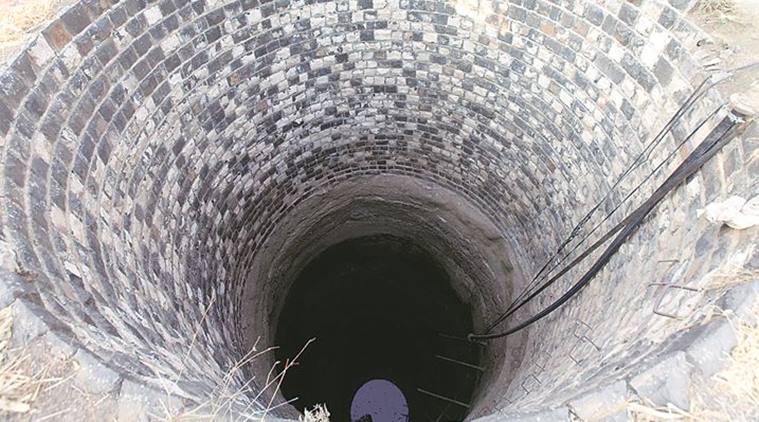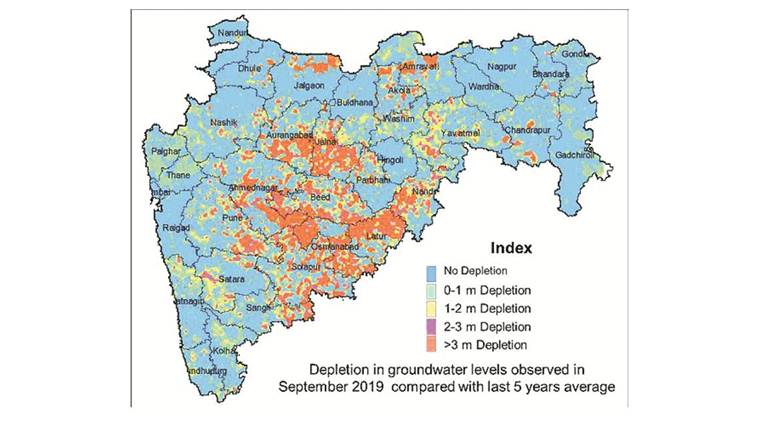- India
- International
Maharashtra: After plenty of rain, groundwater level rises in 67 per cent wells, shows GSDA report
In all, 20,754 wells, mostly located in talukas in districts outside Marathwada, show increased groundwater levels, reveals GSDA’s Probability Drinking Water Scarcity Report of October 2019.
 The GSDA surveys all of the 32,769 wells in Maharashtra four times a year. (Representational Image)
The GSDA surveys all of the 32,769 wells in Maharashtra four times a year. (Representational Image)
After bountiful rain during monsoon this year, 67 per cent of wells in Maharashtra have shown an appreciable rise in groundwater levels, according to the latest report by the Groundwater Survey and Development Agency (GSDA).
The GSDA surveys all of the 32,769 wells in Maharashtra four times a year. The agency’s pre-monsoon (May) and post-monsoon (October) reports are considered especially crucial in planning water usage measures.
In all, 20,754 wells, mostly located in talukas in districts outside Marathwada, show increased groundwater levels, reveals GSDA’s Probability Drinking Water Scarcity Report of October 2019.
 Of the 355 talukas in Maharashtra, 213 talukas recorded above normal rainfall this year, whereas the seasonal rainfall recorded in the remaining 142 talukas remained below normal.
Of the 355 talukas in Maharashtra, 213 talukas recorded above normal rainfall this year, whereas the seasonal rainfall recorded in the remaining 142 talukas remained below normal.
Of the 355 talukas in Maharashtra, 213 talukas recorded above normal rainfall this year, whereas the seasonal rainfall recorded in the remaining 142 talukas remained below normal. In 40 of the 142 talukas that recorded lower than normal rainfall between June and September, groundwater levels across 4,164 wells declined by over three metres, which is the steepest decline as per GSDA standards.
These talukas are located in Solapur, Latur, Beed, Parbhani, Chandrapur, Jalna and Osmanabad districts.

Groundwater reserves also showed a depleting trend in 1,427 wells — falling anywhere between 2 and 3 metres — in the other talukas with lower than average rainfall. The least decline was recorded in 7,684 wells, where the depletion was not more than one metre, stated the GSDA report.
Region-wise, 2,416 villages from Marathwada recorded the steepest decline, of more than 3 metres, in groundwater levels, with the maximum number of such wells located in Osmanabad, Latur and Beed. This was followed by villages in Pune and Nashik regions, with 582 and 541 villages, respectively.
Wells in villages located in Nagpur and Konkan regions did not record any significant depletion in groundwater reserves, and the total number of marginally affected villages stood at 62 and 11, respectively.
This year, the agency also collated data on the number of villages that recorded the steepest depletion in groundwater levels, a fall of over three metres, from 2015 till now.
Click here to join Express Pune WhatsApp channel and get a curated list of our stories
Apr 25: Latest News
- 01
- 02
- 03
- 04
- 05








































